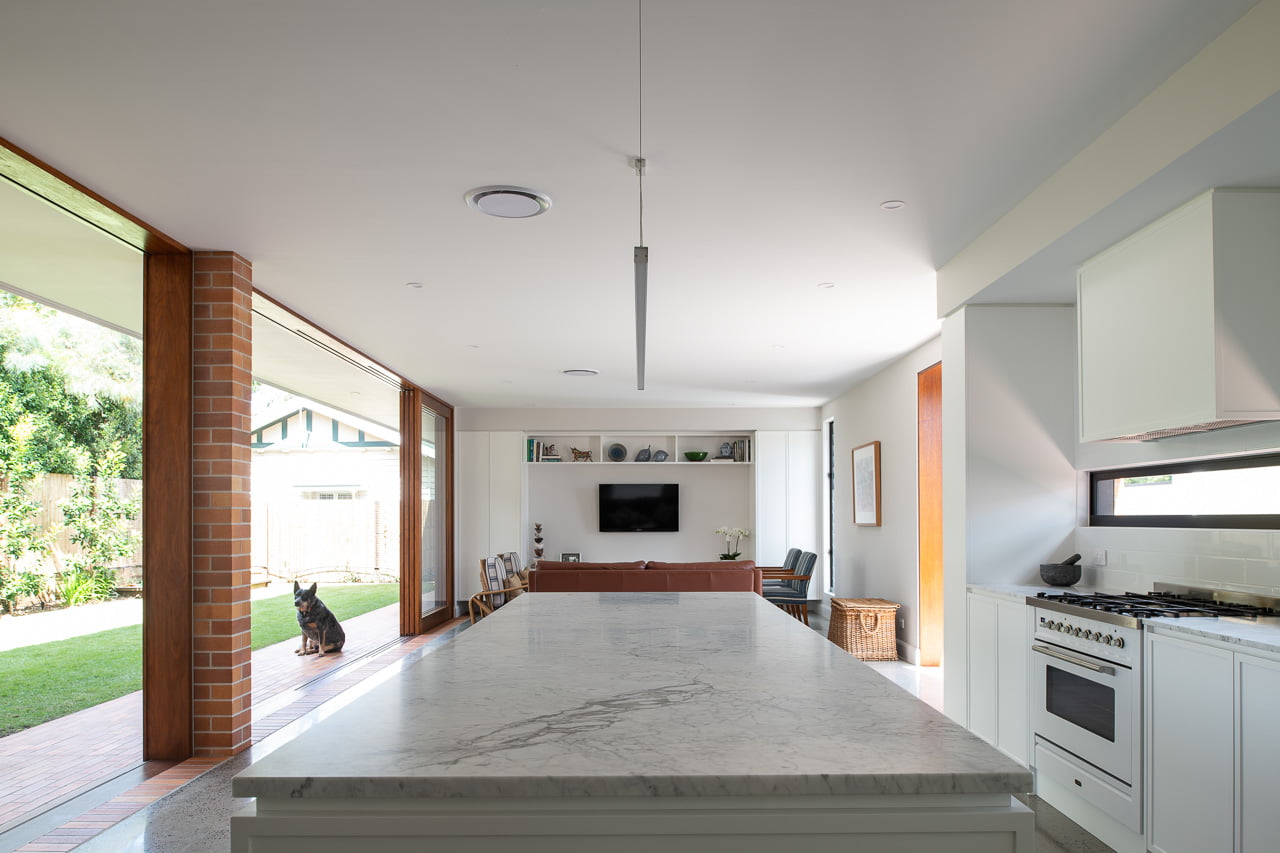
The word Feng Shui itself, in its literal form, means wind (feng) and water (shui) and are two fundamentals that are associated with good health in Chinese culture. This ancient art and science were developed well and truly over 3,000 years ago in China and has since become a practice that architects and interior designers have taken into consideration throughout their projects and design. Feng Shui in architecture focuses on the flow of Qi (chi), which is a natural energy that some cultures believe flows through everything.
Although this principle originates from Chinese culture, it has been widely adopted across the globe and modernised to fit architectural and design freedom. In this blog, we’re going to break down exactly what Feng Shui is, and how it plays an important role in the world of architecture.
As one of the leading architecture firms Brisbane home and business owners lean on, we know exactly what’s expected when producing stunning designs. Give us a call on 07 3852 3944 today to get started on your architecture and design journey.
What is Feng Shui and Architecture?
Feng Shui
The practice of Feng Shui was first mentioned in texts dating back to the Zhou dynasty (1046-256 BCE). Feng Shui became popular in the West in the 1990s, when books and articles on the subject started to be published in English. Feng Shui is often used in the design of homes and offices, with the goal of creating a space that is inviting and calming. Many people believe that Feng Shui can improve their luck or bring them good fortune.
Feng Shui in Architecture
When it comes to the architectural world and Feng Shui, this belief system aims to create a harmony between the environment and the people who occupy the space. In order for Qi (chi) to flow smoothly throughout a building, it is said that certain design principles should be followed.
Some of these design principles include:
- Choosing the right location for your building
- Creating a balanced layout
- Incorporating nature into the design
- Using the correct colours and materials
- Positioning furniture and objects correctly
Feng Shui Architecture Design
If you’re interested in incorporating Feng Shui into your architectural design, there are a few things that you need to keep in mind. The first thing that you need to do is choose the right location for your building. When it comes to choosing a location, you need to take into account the surrounding environment. For example, if you’re looking to build a home, you need to make sure that the land is not located in an area that is prone to flooding or other natural disasters.
You also need to create a balanced layout for your building. This means that you need to take into consideration the placement of doors, windows, and rooms. For example, you should avoid having a bedroom located directly above the garage, as this can be disruptive to the flow of Qi.
Incorporating Nature
Another important aspect of Feng Shui and architecture is incorporating nature into the design. This can be done by adding elements such as plants, water features, and natural light where possible. Finally, you need to use the correct colours and materials in your design. According to Feng Shui, certain colours are associated with different elements. For example, red is associated with fire, while blue is associated with water.
When it comes to materials, you should use those that are natural and have a smooth texture. This includes materials such as wood, stone, and glass. You should avoid using harsh or artificial materials, such as metal or plastic.
Positioning Furniture
When positioning furniture and objects within Feng Shui architecture design, you need to pay attention to the flow of Qi. This means that you should avoid placing furniture in front of doors or windows, as this can block the flow of energy. You should also avoid having sharp corners in your design, as this is said to create a negative energy.
Get in Touch with Clements Clarke Today!
Get in touch with Clements Clarke Architects today if you’re interested in knowing more information on Feng Shui in architecture and design. Reach out and speak to a residential architect today or get in touch with our commercial architect for your business.
To get started on your projects, give us a call on 07 3852 3944 or reach out to our team online and we’ll be in touch.

